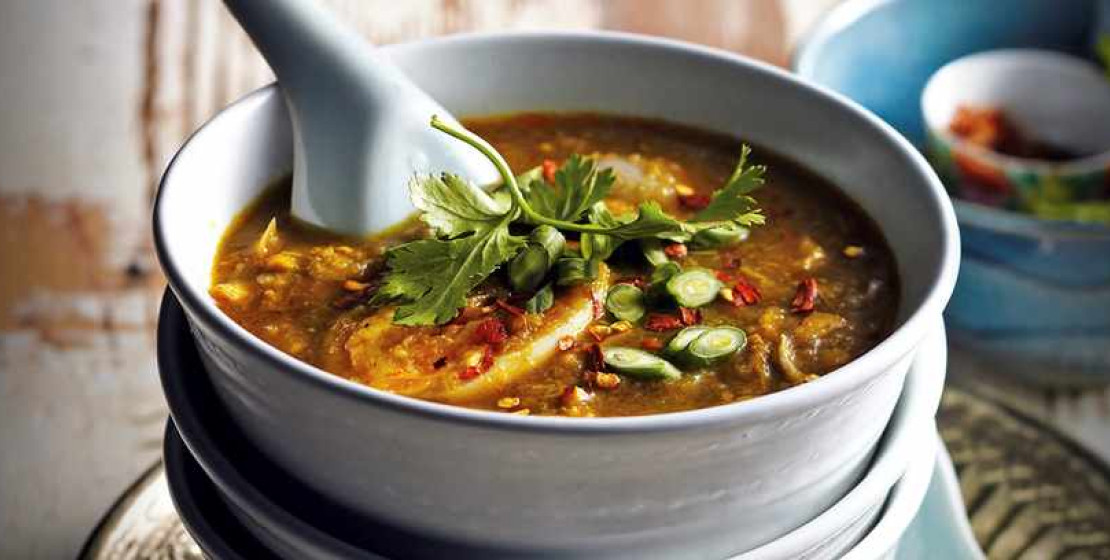THANK FOR YOUR INTEREST
We will contact you soon. How shall we contact you?
Or
Leave us you email
We will contact with you soon. How can we contact you?


HIGHLIGHTS
– Discover Yangon by Foot
– Enjoy authentic burmese local Food
– Learn about Burmese cooking
After taking your breakfast at the hotel, our English-speaking guide will meet you and the Burmese culinary adventure can begin.
The tour we offer has been one of the top-ranking tours in Yangon for over 5 years. It covers all kinds of authentic Myanmar food from Burmese cuisines to street food.
This journey of flavors starts with one of the most popular dishes: Mohingar. It’s a meal composed of rice noodles, served with a fragrant fish broth, and seasoned with local herbs and spices. This dish is Myanmar’s all-time favorite, from breakfast to dinner, including tea time and all kinds of gatherings and religious ceremonies.
Enjoy a hearty bowl of Mohingar with a refreshing sweet Burmese tea, laphet yay, which consists of black tea mixed with condensed milk.
Then, the guide will walk you to the 36th street. Located in the city center, it’s the heart of the local market where locals come every day to purchase fresh seasonal products like fruits, vegetables, meats, and fish, all locally sourced and varying according to the seasons.
This will be the perfect occasion to be introduced to the basics of Burmese cuisine, which and how spices and herbs are used in everyday dishes.
Besides assisting to a Burmese cooking demonstration, you’ll be invited to enjoy the dishes for lunch. For the dessert, you’ll be offered a various range of choices among the local seasonal fruits such as mango, mangosteen, lychee, and strawberries. In the afternoon, enjoy a stroll in Mahabandoola Park, the cultural and religious center of the city.
Finally, the culinary adventure finishes according to local customs, with a variety of small brochettes and a refreshing local craft beer or sugar cane juice, before going back to your hotel.E11
Useful Information
1/2 day morning tour
English Speaking Guide
Lunch included




